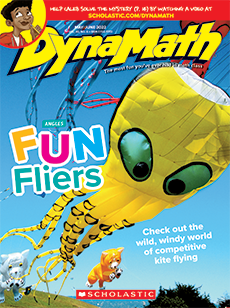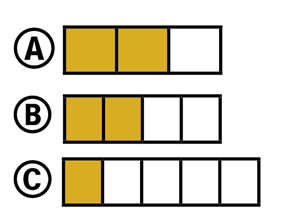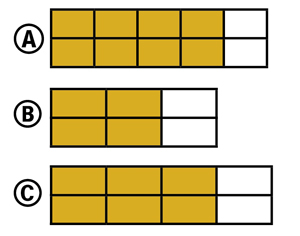Last winter, a telescope was launched into orbit 1.5 million kilometers (930,000 miles) above Earth. This telescope, known as the James Webb Space Telescope, is the largest telescope ever sent to space. It was designed to give astronomers a glimpse of something no one has ever seen before: the birth of the universe!
The first large space telescope was the Hubble Space Telescope, launched in 1990. Hubble’s pictures have led to many discoveries. But Hubble isn’t able to detect light from the universe’s formation, which scientists believe happened 13.8 billion years ago.
Scientists launched a telescope into space last winter. The telescope went into orbit 1.5 million kilometers above Earth. That’s 930,000 miles! This telescope is known as the James Webb Space Telescope. It is the largest telescope ever sent to space. Scientists designed the James Webb Space Telescope to allow astronomers to see something no one has ever seen before: the birth of the universe!
The first large space telescope was the Hubble Space Telescope. Hubble was launched into space in 1990. Scientists have made many discoveries using the pictures Hubble took. But Hubble is not able to detect light from the universe’s formation. Scientists believe the universe was formed 13.8 billion years ago.


